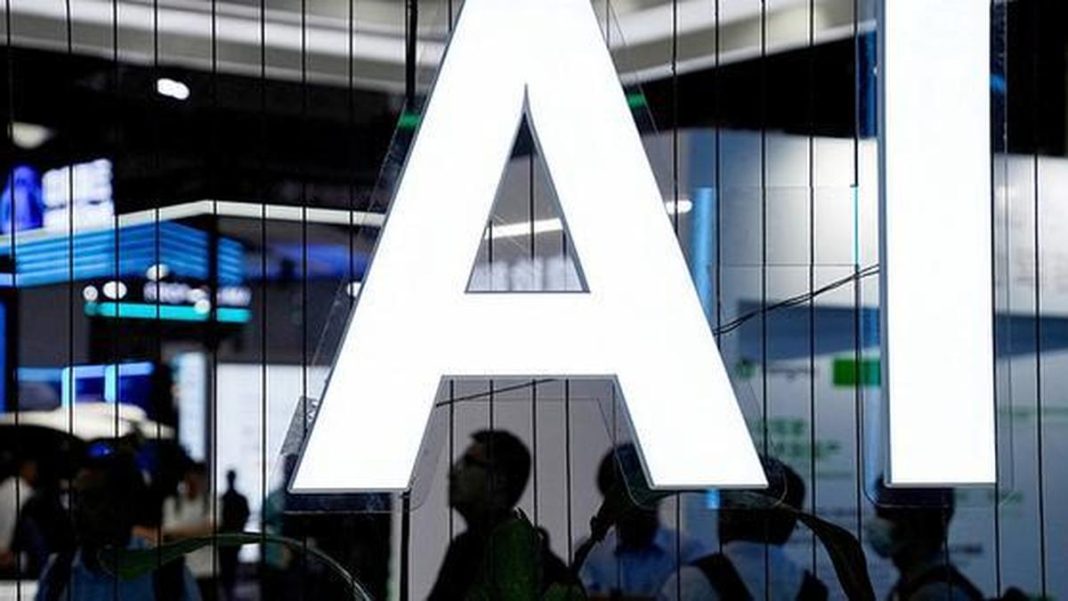AI systems are now autonomously approving loans in the middle of the night, creating an urgent need for robust AI auditing frameworks in banking. This new form of oversight ensures these powerful systems operate fairly, securely, and transparently.
Key Takeaways
- AI auditing provides the essential rulebook and supervision for automated financial decisions.
- The RBI’s FREE-AI framework, combined with NIST AI RMF and CSA AICM, offers a complete governance playbook.
- Successful implementation requires collaboration between regulators, banks, NBFCs, and internal technical teams.
- Pragmatic guardrails, not perfection, should guide current AI deployment strategies.
Imagine a loan approved at 2:17 AM with no human oversight. An AI model analyzes bank statements, estimates income, assesses risk, and disburses funds. While this speed offers efficiency, it also introduces significant risks like model drift, unfair denials, and regulatory breaches. AI auditing acts as the critical control mechanism, verifying that these systems are built correctly, trained on appropriate data, thoroughly tested, and continuously monitored.
The core of AI auditing involves five fundamental questions about a system’s purpose, data provenance, testing rigor, decision explainability, and production monitoring. It’s the modern upgrade to traditional model-risk management.
The Essential Blueprint: FREE-AI and the Global Playbook
Existing Indian regulations, such as the DPDP Act, focus on data rights but fall short on governing complex AI behaviors like fairness across customer segments or model drift. The RBI’s FREE-AI framework fills this gap by establishing practical AI governance requirements for banks.
Banks don’t need to start from scratch. A powerful, complementary playbook exists through the combination of three frameworks:
- RBI FREE-AI Framework: Defines the ‘why’ and the ethical principles.
- NIST AI RMF: Provides the ‘how’ with a continuous risk management cycle.
- CSA AICM: Delivers the specific ‘what’ with vendor-agnostic technical controls.
Together, they provide the principles, processes, and checklists needed to build trustworthy, auditable AI systems.
Multi-Stakeholder Implementation
Establishing effective AI auditing is a collective effort. While the RBI’s FREE-AI framework sets the guidelines (‘the what’), the regulated entities—banks, NBFCs, and their auditors—must execute ‘the how’.
Their task is to embed these mandates into daily operations, constantly checking AI decisions for fairness and managing inherent risks. Internal technical teams form the backbone, implementing control systems, tracking data, and securing a complete audit trail. This collaboration is vital for ensuring AI adoption is fully auditable.
Pragmatic AI Guardrails
The path forward is pragmatic, not perfect. Current realities mean AI models won’t be fully explainable, entirely free from bias, or completely transparent. Instead of chasing perfection, banks should establish practical guardrails.
This includes prioritizing interpretable models for high-stakes decisions, capping and monitoring model behavior by segment, and meticulously documenting data gaps. Banks must also conduct aggressive testing, implement staged model updates, employ data privacy techniques, and demand vendor accountability. The minimum standard for any deployment today is continuous monitoring backed by a tested ‘kill-switch’.




